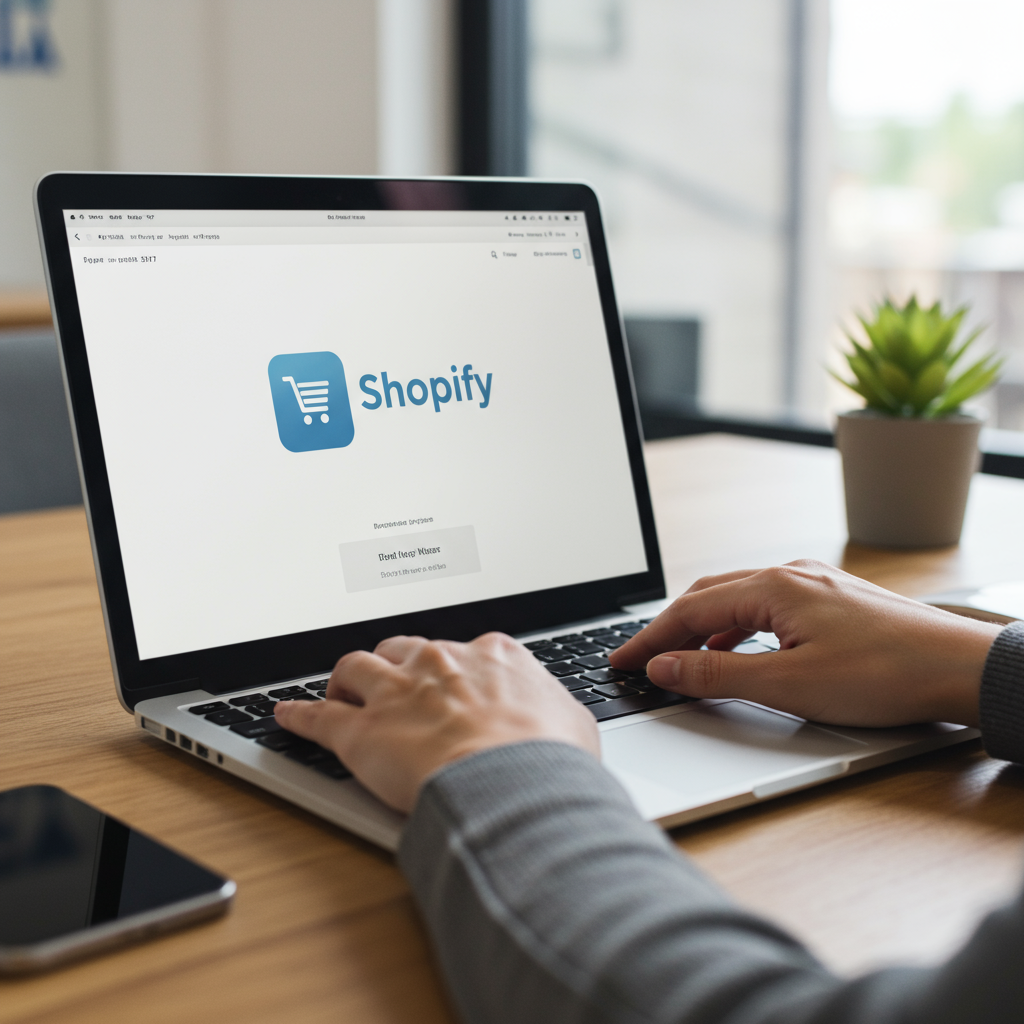Unlock the secrets to effective supplier management and build a resilient, profitable dropshipping business on Shopify.
As a Shopify dropshipper, I’ve learned that while the business model offers incredible flexibility and low startup costs, its success hinges almost entirely on one critical element: your suppliers. They are the backbone of your operation, directly impacting product quality, shipping times, and ultimately, customer satisfaction.
Without effective supplier management, even the most brilliant marketing strategy can fall flat. I’ve seen businesses crumble because of unreliable suppliers, and I’ve seen others soar by nurturing strong, dependable partnerships.
So, how do we, as dropshippers, master the art of supplier management? It begins with a proactive approach, treating our suppliers not just as vendors, but as integral partners in our entrepreneurial journey.
My first piece of advice is always about **due diligence in supplier selection**. Don’t just pick the first supplier you find on AliExpress or a dropshipping platform. Research extensively. Look for suppliers with a proven track record, positive reviews, and clear communication channels.
I always check their response times, their willingness to answer detailed questions, and their policies on returns and refunds. A good supplier will be transparent and eager to build a long-term relationship.
Once you’ve identified potential partners, **establishing clear communication** is paramount. I make it a point to define my expectations upfront regarding product quality, packaging, shipping times, and how they handle order discrepancies.
I prefer to use a consistent communication channel, whether it’s email, a dedicated messaging app, or a platform’s built-in chat. This helps keep all correspondence organized and easily traceable.
Regular check-ins, even if brief, can prevent small issues from escalating. I’ve found that a quick ‘how are things going?’ message can often uncover potential delays or stock issues before they impact my customers.
**Automating order fulfillment** is another game-changer. Manually processing each order can quickly become overwhelming as your business grows. I highly recommend integrating apps or tools that automatically send order details to your suppliers.
This not only saves time but also reduces the risk of human error. Many Shopify apps, like DSers or Zendrop, are designed specifically for this purpose, streamlining the entire process from customer purchase to supplier notification.
**Tracking and transparency** are crucial for customer satisfaction. I always ensure that my suppliers provide tracking numbers promptly. This allows me to keep my customers informed and reduces the number of ‘where’s my order?’ inquiries.
I also make sure to communicate realistic shipping times on my product pages. It’s better to overestimate slightly and delight customers with early delivery than to disappoint them with delays.
**Quality control** is a constant challenge in dropshipping, as you don’t physically handle the products. My strategy involves a few layers. Firstly, I order samples of every product I intend to sell to personally assess its quality.
Secondly, I pay close attention to customer feedback. If multiple customers report similar quality issues, it’s a red flag that requires immediate action with the supplier. Don’t hesitate to address these concerns directly and seek resolutions.
**Managing inventory and stock levels** is another area where supplier communication is vital. While you don’t hold inventory, you need to know if a product is running low or out of stock to avoid selling items you can’t fulfill.
I regularly check with my suppliers about their stock levels, especially for popular items or during peak seasons. Some suppliers offer real-time inventory feeds, which are incredibly helpful for syncing with your Shopify store.
**Negotiating pricing and payment terms** can significantly impact your profit margins. While dropshipping often involves fixed prices, for higher volume or long-term relationships, I’ve found that suppliers are sometimes open to discussing better rates or more flexible payment schedules.
Always clarify payment methods and any associated fees upfront. Understanding the financial flow prevents surprises and ensures smooth transactions.
**Building strong relationships** with your suppliers goes beyond mere transactions. I treat my suppliers with respect and professionalism, just as I would any business partner. A good relationship can lead to preferential treatment, faster support, and even exclusive product access.
It’s a two-way street: if you’re a reliable and consistent customer, they’re more likely to go the extra mile for you when issues arise.
**Contingency planning** is non-negotiable. What happens if your primary supplier suddenly can’t fulfill orders? I always have at least one backup supplier identified for my best-selling products.
This diversification minimizes risk and ensures business continuity, even in unforeseen circumstances like natural disasters, supplier holidays, or unexpected stockouts.
**Leveraging technology and apps** is key to scaling. Beyond automation tools, consider apps that help with supplier communication, dispute resolution, or even product sourcing. Shopify’s App Store is a treasure trove of tools designed to simplify dropshipping operations.
**Monitoring supplier performance** is an ongoing task. I track key metrics like average shipping time, defect rates, communication response times, and order accuracy. This data helps me identify top-performing suppliers and areas where others might need improvement.
If a supplier consistently underperforms despite your efforts to communicate and resolve issues, it might be time to consider finding a new partner. Your business reputation is on the line.
**Handling disputes effectively** is part of the game. When issues arise, approach them calmly and professionally. Present clear evidence, propose solutions, and aim for a mutually beneficial outcome. Escalation should be a last resort.
Finally, remember that supplier management is an iterative process. As your business evolves, so too will your needs and relationships. Continuously review, adapt, and optimize your strategies.
What do you think about these tips? Have you found other strategies particularly effective in managing your dropshipping suppliers? I’d love to hear your insights.
By investing time and effort into nurturing these vital partnerships, you’re not just managing suppliers; you’re building a resilient, efficient, and ultimately more profitable dropshipping business on Shopify.






